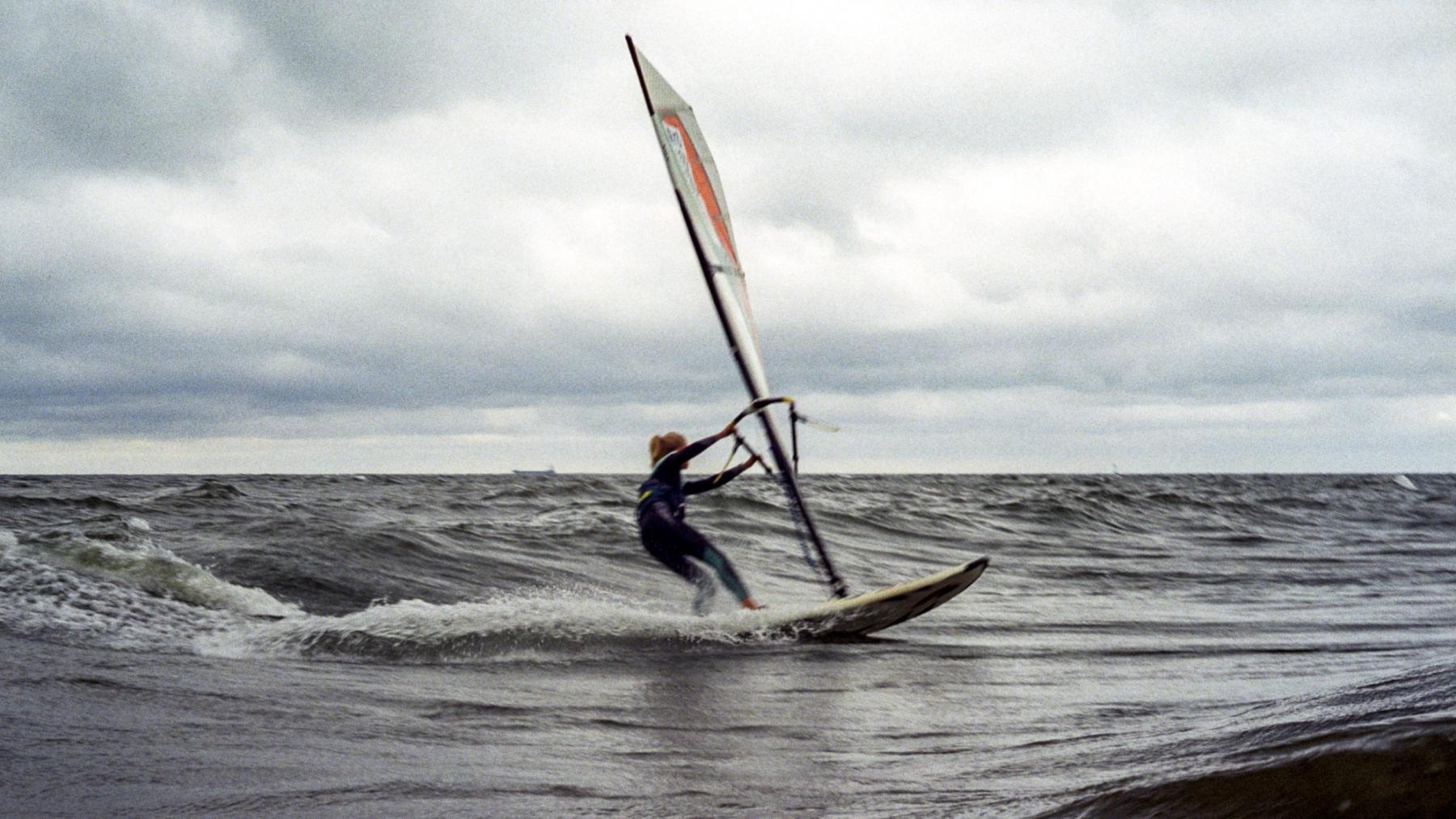
How to stay safe while doing windsurfing. Advice from the advanced amateur
The main dangers in windsurfing can be related to the health of the windsurf equipment, your skills, and weather conditions.
Of course, you will not be able to influence the weather — but it’s in your power to adequately assess your abilities and go out on the water only when you are confident in your abilities. It’s important to take into account the direction and speed of the wind, the presence of waves, currents, navigation, and the nature of the bottom.
Let's take a closer look at the main dangers of windsurfing and at the same time formulate the rules of safe behavior on the water with a board and a windsurf sail.
Rule 1. Not to ride in the offshore wind, that is, when the wind blows from the shore.
It is the most important safety rule in windsurfing. In the case of offshore wind, you can be carried away very far, you will not be able to return to the station on your own, and the rescuers from the shore will not see you. But there are many other rules to help make your windsurfing experience safer. Read about them in a separate article in the Windy.app blog.
Rule 2. Before going out on the water, be sure to check and adjust the equipment.
For example, it often happens that the hinge is not completely screwed into the board and during the ride, the mast simply detaches from the board. I have been in this situation and I can say that connecting them back on the water is quite problematic. And if you are a beginner, it’s almost impossible. Also, be sure to check the integrity of the sheets — a significant part of the unpleasant situations on the water is due to the fact that the sheets turned out to be frayed and torn at the most inopportune moment.
Rule 3. It’s also important to dress for the weather that you expect while windsurfing.
Lycra with long sleeves will protect you from sunburn, but will not keep you warm in strong winds. If you plan to ride for a long time, wear a thin wetsuit, even if it seems hot outside. I'm not even talking about a life jacket. Everyone decides for himself, but for beginners, it’s definitely mandatory.
Rule 4. The wrong position on the board and unnecessary movements easily lead to falls.
The more you fuss, the faster you lose balance. Another mistake is to look at the sail, and not in the direction of travel. It's like going into a corner in a car — it's important to direct your eyes where you want to go.

Ludomil Sawicki / Unsplash
Rule 5. If something goes wrong and you lose your balance, try not to let go of the sail.
Drop the wind and try to stay on the board. Or fall, confidently holding on to the boom. If this is not possible, try to jump away from the board and sail, but not in the direction of travel. All this will help to avoid injuries from the mast. In general, it’s important to practice falling and forward, on the sail, while maintaining support in the boom. And back, covered with a sail. This can be difficult, but it will help you a lot in getting started in trapezoid.
Rule 6. Don't rest sitting on the windsurf board so as not to spend much more energy in the future.
In other words, don’t stand for a long time in the drift position. As soon as the board loses its course, it begins to imperceptibly, but very quickly, be blown downwind. The received forces will be spent on getting to the point where you started to rest.
Rule 7. If you find yourself in a difficult situation that you cannot handle on your own, stay calm.
Remember that the board cannot sink, so don’t drop it under any circumstances. If you are in the line of sight of the rescue service or other riders, stand on the board (you can kneel), spread your arms to your sides, and wave them up and down from the sides — this is a common SOS signal. If you are sure that no one sees you, try to row to the shore along the smallest trajectory, folding the sail. But in such situations it’s better not to find yourself — never ride alone, always tell someone on the shore what time you left for the water and how soon you plan to return.
Rule 8. Be sure to remember and always follow the rules of divergence on the water.
The left tack is inferior to the right. Always! That is, if you go right shoulder forward (right tack), then you are in priority over the oncoming rider and he is obliged to let you through. But you need to understand that not everyone follows these rules and therefore don’t forget to turn your head to know where to wait for the threat.
Learn more about how to read the surf / swell forecast in a special Windy.app presentation with examples and tips from professional surfers with many years of experience of riding the biggest and best waves on the planet.
Text: Natalia Kirasheva, a travel author and editor. She has a Bachelor's degree from the Faculty of Geography of Lomonosov Moscow State University (MSU) with specialties in Economic Geography and Tourism, and Environmental Management. Her favorite sports are windsurfing and snowboarding
Cover photo: Floh Maier / Unsplash
Latest News
Professional Weather App
Get a detailed online 10 day weather forecast, live worldwide wind map and local weather reports from the most accurate weather models.
Compare spot conditions, ask locals in the app chat, discover meteo lessons, and share your experience in our Windy.app Community.
Be sure with Windy.app.



